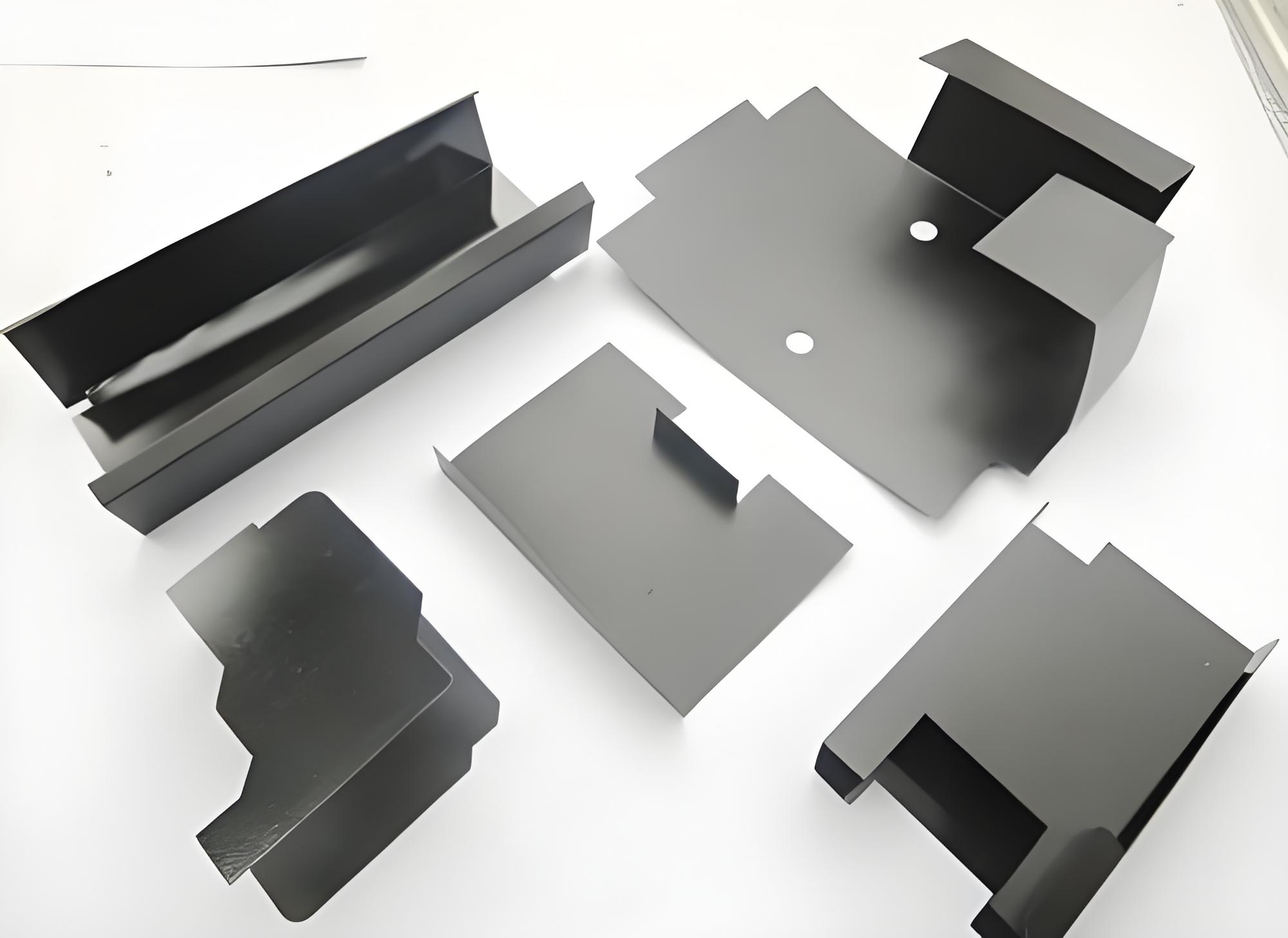Address
Building 1, No. 22, Shexi Yongping Road,
Dongguan, Guangdong, China
Work Hours
Monday to Friday: 7AM - 7PM
Weekend: 10AM - 5PM
Address
Building 1, No. 22, Shexi Yongping Road,
Dongguan, Guangdong, China
Work Hours
Monday to Friday: 7AM - 7PM
Weekend: 10AM - 5PM

In electrical and thermal insulation, choosing the right material matters. Polypropylene (PP) and polycarbonate (PC) are popular membrane materials, each with unique features for different uses. Here’s a concise guide to help you decide.
1. Material Basics
PP, a lightweight and cost – effective thermoplastic, is made by extrusion or calendering. It’s semi – crystalline, with great chemical resistance, ideal for moderate – temperature applications needing tensile strength. PC, an amorphous thermoplastic, offers high impact resistance and optical clarity. Manufactured via extrusion or injection molding, it balances mechanical and thermal stability, favored for visual inspection scenarios.
2. Key Property Comparison
Electrical Insulation: PP’s low dielectric constant (2.2 – 2.4) suits high – frequency use, while PC (3.0 – 3.1) works for moderate – frequency but has higher losses. PP also has better volume resistivity in dry conditions.
Thermal Resistance: PP withstands 80 – 100°C continuously, PC 120 – 130°C. So, PP is for moderate heat, PC for high – temperature environments.
Mechanicals: PC is stronger in tensile (60 – 70 MPa vs PP’s 30 – 50 MPa) and impact (Izod 60 – 100 J/m vs 20 – 30 J/m), while PP is more flexible.
Chemicals: PP resists most solvents, acids, and bases better than PC, which is vulnerable to aromatic hydrocarbons and chlorinated solvents.
Optics: PC is highly transparent (over 90% light transmission), PP is usually semi – transparent or opaque.
Moisture: PP has a near – zero water absorption rate, better than PC’s 0.1 – 0.3%, crucial in wet conditions.
3. When to Choose
Pick PP for low – cost projects, chemical – exposed settings, flexible insulation, and high – frequency electrical systems. Opt for PC in high – impact, high – temperature, optical, and rigid structural insulation applications.
4. Cost and Compliance
PP is cheaper. PC’s higher cost is worth it for high – performance needs. Both can be recycled, but PP’s process is simpler. Ensure they meet environmental regulations like RoHS.
5. Decision – Making
Consider the operating environment, electrical, mechanical, and optical needs, budget, and regulatory standards to choose the best material for your insulation. When uncertain, consult suppliers or experts.